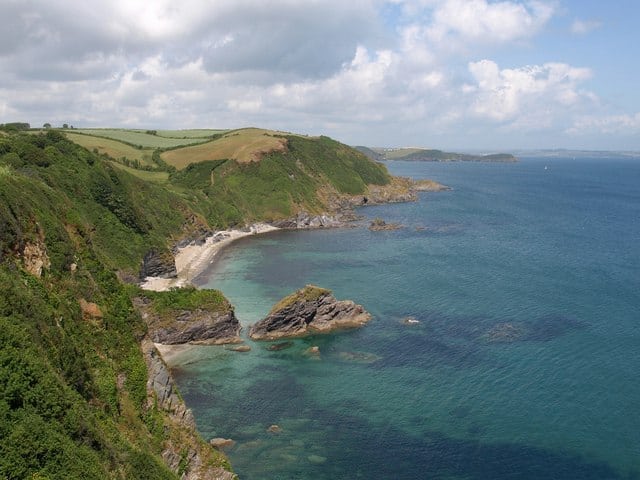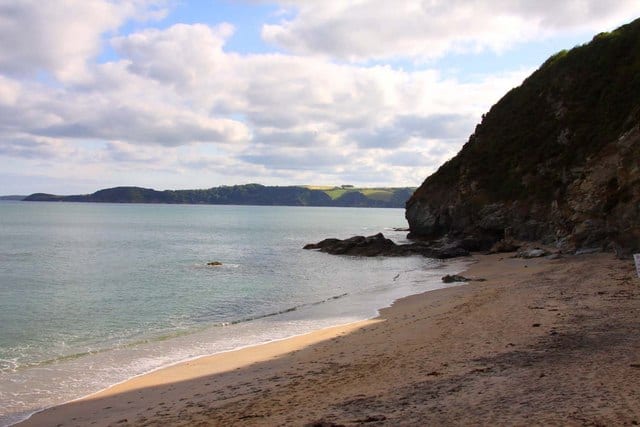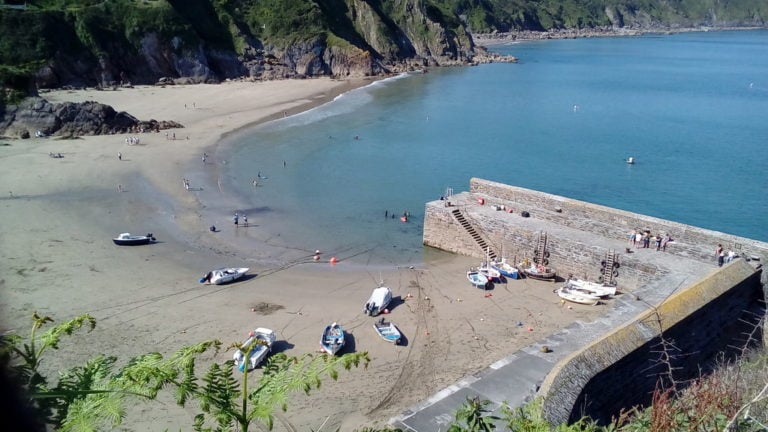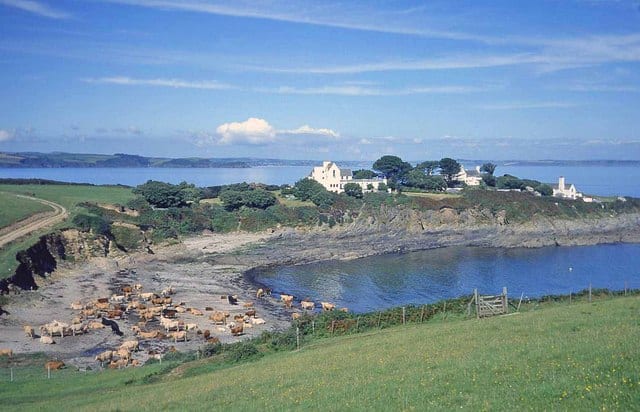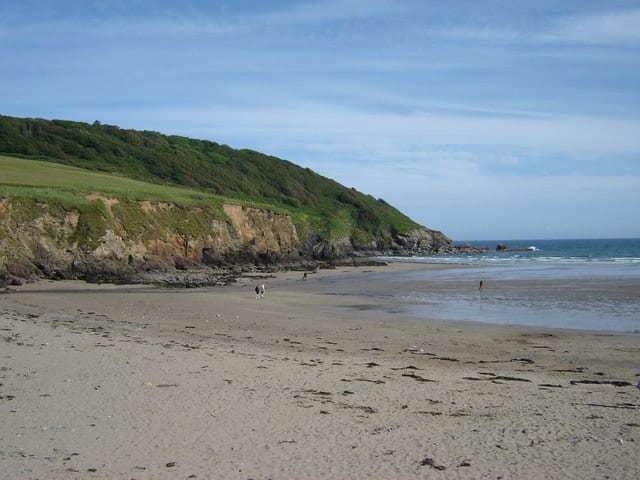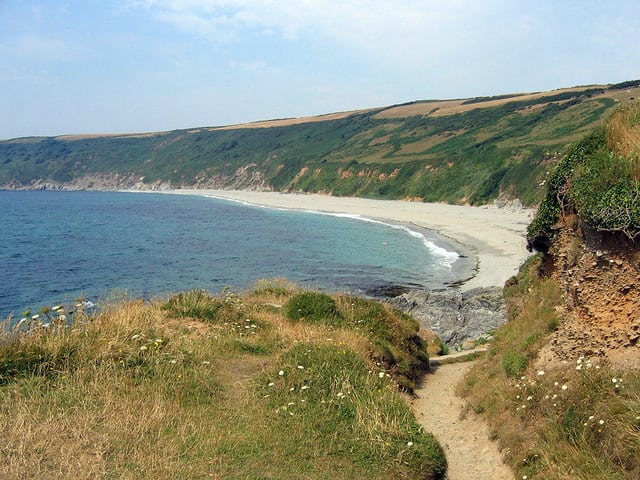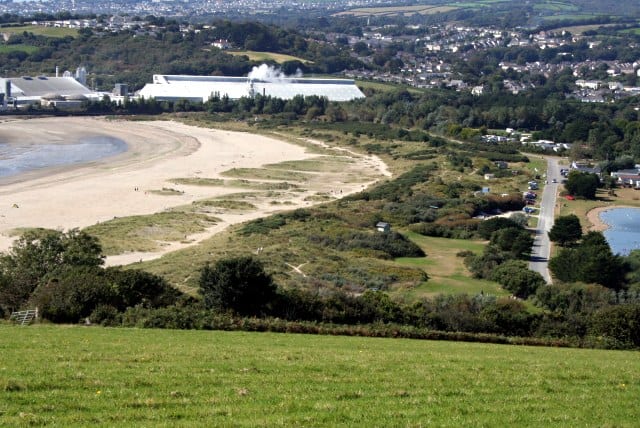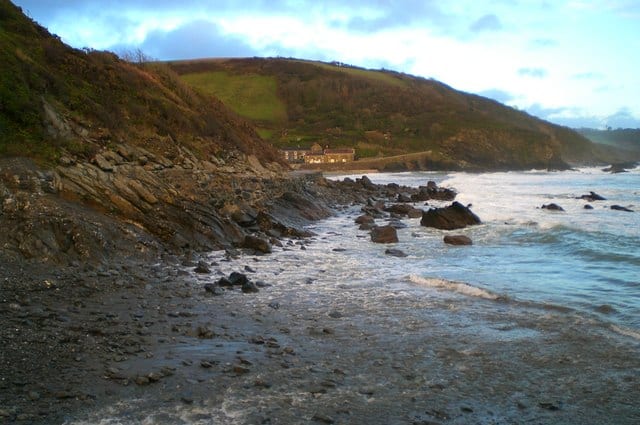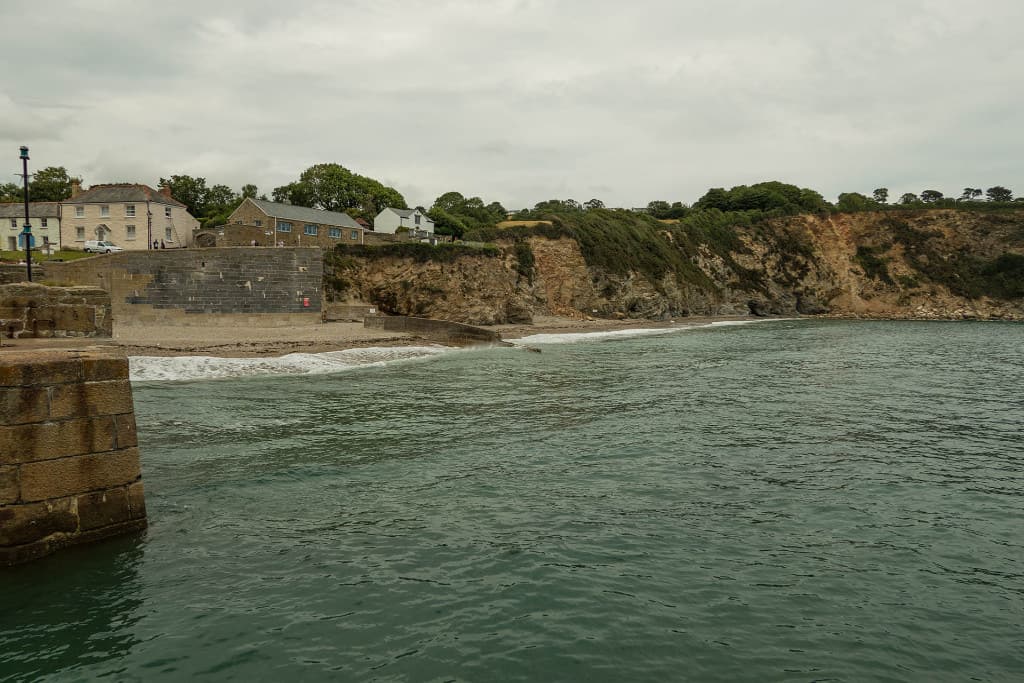Explore St Austell Beaches and Coastline
St Austell is one of the largest towns in Cornwall and the area was part of the tin and copper mining boom and also the later China clay mining. It is one of these old clay pits that now host the domes of the Eden Project.
St Austell Cornwall Coast Map
Loading...
No Records Found
Sorry, no records were found. Please adjust your search criteria and try again.
Maps failed to load
Sorry, unable to load the Maps API.
Want some ideas on where to visit?
Every favourite location must be visited for the first time. Want some ideas, why not check out the below small selection of coastal locations, including beaches, activities, things to see and do, and places to stay and eat:
Polstreath beach is fine sand and split in two by a stack, the smaller beach is known as Little Polstreath. Read more…
Place Tags: Beaches
Carlyon Bay has three dog-friendly beaches in one: to the west is Crinnis Beach, in the middle is Short Horn Read more…
Place Tags: Beaches and Dog Friendly
Gorran Haven beach is a sandy beach in a small unspoilt traditional Cornish village. At low tide, it joins the Read more…
Place Tags: Beaches
Colona beach is a small sandy secluded beach between Turbot Point and Chapel Point. The beach is good for swimming Read more…
Place Tags: Beaches
Porthluney Cove is a sheltered sandy beach part of the Caerhays Castle estate and backs onto the castle and gardens. Read more…
Place Tags: Beaches and Dog Friendly
Little Perhaver Beach is a small sandy beach under the cliffs within the town but the smaller of the two Read more…
Place Tags: Beaches and Dog Friendly
Vault beach, also known as Bow beach, is a wide sand/shingle beach backed by heather-covered cliffs. The cliffs at Dodmans Read more…
Place Tags: Beaches
Par Sands is a sheltered, sandy, shallow-dropping beach with sand dunes. Facilities include a car park, shop, cafe and toilets. Read more…
Place Tags: Beaches and Dog Friendly
Caerhays Castle was designed by John Nash at the start of the 19th century, there are the Gardens and parkland Read more…
Place Tags: Castles and Forts
Portholland Beach is a large, sandy, dog-friendly beach joining the East and West Portholland hamlets. Portholland has two separate coves Read more…
Place Tags: Beaches and Dog Friendly
Charlestown is an unspoilt example of a late Georgian working port, still being used today. It offers two beaches on either Read more…
Place Tags: Beaches
Pentewan beach a large private sandy beach with a disused harbour. Although this beach is private access is allowed from Read more…
Place Tags: Beaches

